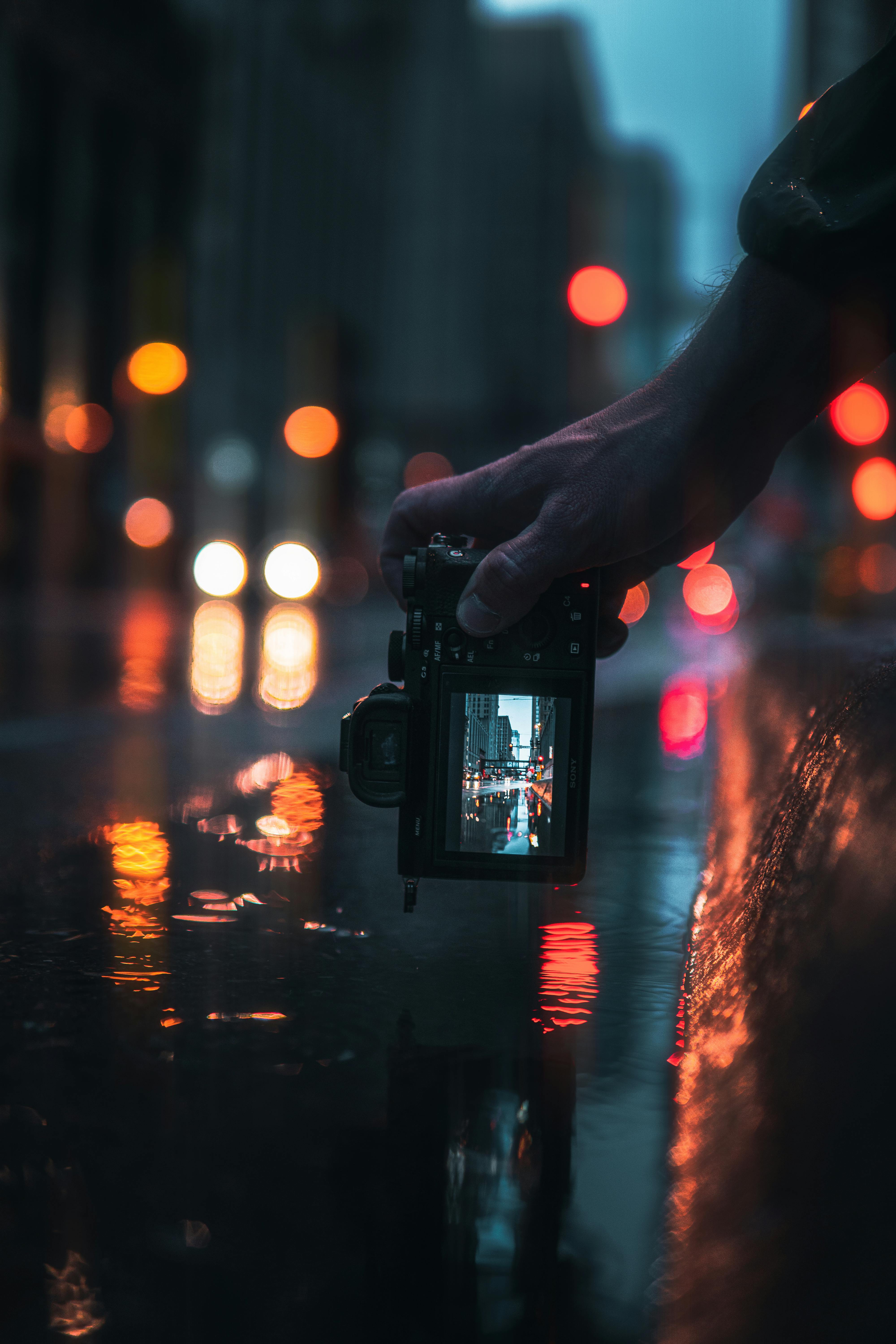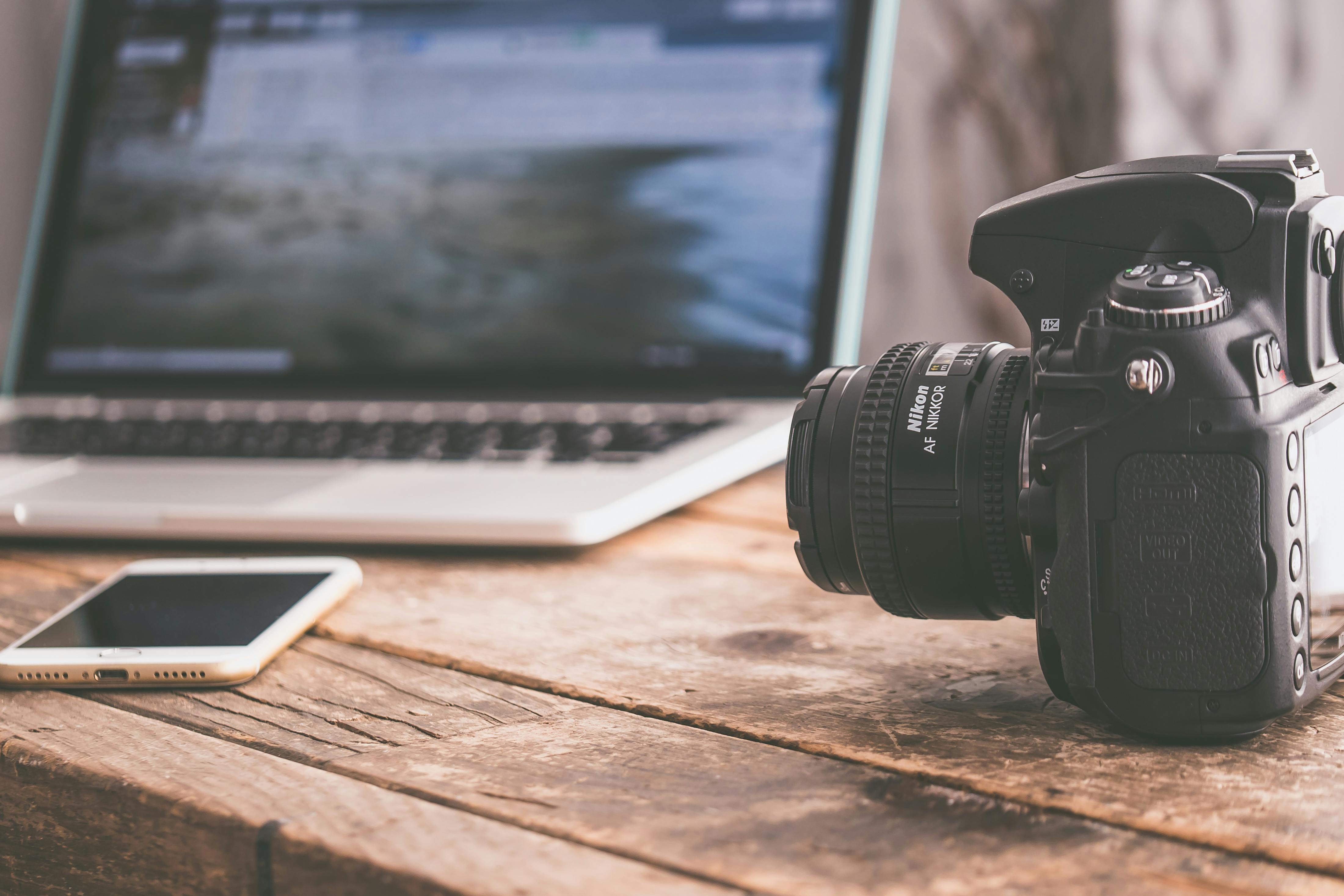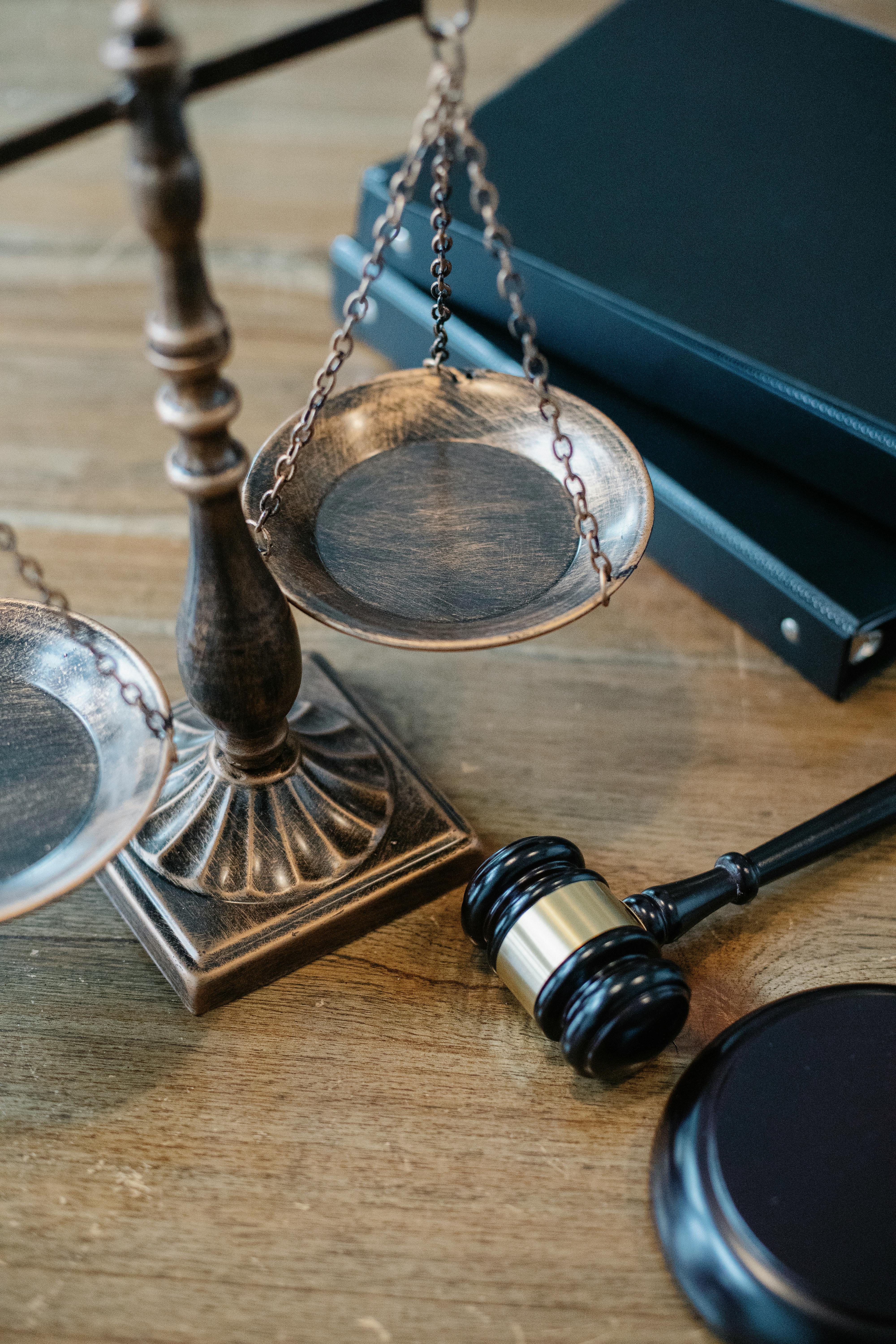
This unit entails knowledge required to be able to use photographic skills in successful composition of photos
- Teacher: Admin User
Moodle is an open-source Learning Management System (LMS) that provides educators with the tools and features to create and manage online courses. It allows educators to organize course materials, create quizzes and assignments, host discussion forums, and track student progress. Moodle is highly flexible and can be customized to meet the specific needs of different institutions and learning environments.
Moodle supports both synchronous and asynchronous learning environments, enabling educators to host live webinars, video conferences, and chat sessions, as well as providing a variety of tools that support self-paced learning, including videos, interactive quizzes, and discussion forums. The platform also integrates with other tools and systems, such as Google Apps and plagiarism detection software, to provide a seamless learning experience.
Moodle is widely used in educational institutions, including universities, K-12 schools, and corporate training programs. It is well-suited to online and blended learning environments and distance education programs. Additionally, Moodle's accessibility features make it a popular choice for learners with disabilities, ensuring that courses are inclusive and accessible to all learners.
The Moodle community is an active group of users, developers, and educators who contribute to the platform's development and improvement. The community provides support, resources, and documentation for users, as well as a forum for sharing ideas and best practices. Moodle releases regular updates and improvements, ensuring that the platform remains up-to-date with the latest technologies and best practices.
Links of interest:

This unit entails knowledge required to be able to use photographic skills in successful composition of photos

This course entails all knowledge/competencies required to apply cinematographic knowledge to film making

The technical and creative process of handling a camera during film, video, or photography production. It’s a core part of cinematography and visual storytelling.

The process of creating audio content for broadcast on radio. It combines storytelling, sound, voice, and music to inform, entertain, or educate listeners.

Legal regulations and principles that govern the production, distribution, and consumption of media content. It ensures that media organizations operate fairly, ethically, and within the law, while also protecting freedom of expression and the rights of individuals.

The art and craft of writing scripts for visual media like film, television, video games, or online content. It involves much more than just dialogue — it's about creating the entire structure and feel of a story for the screen.